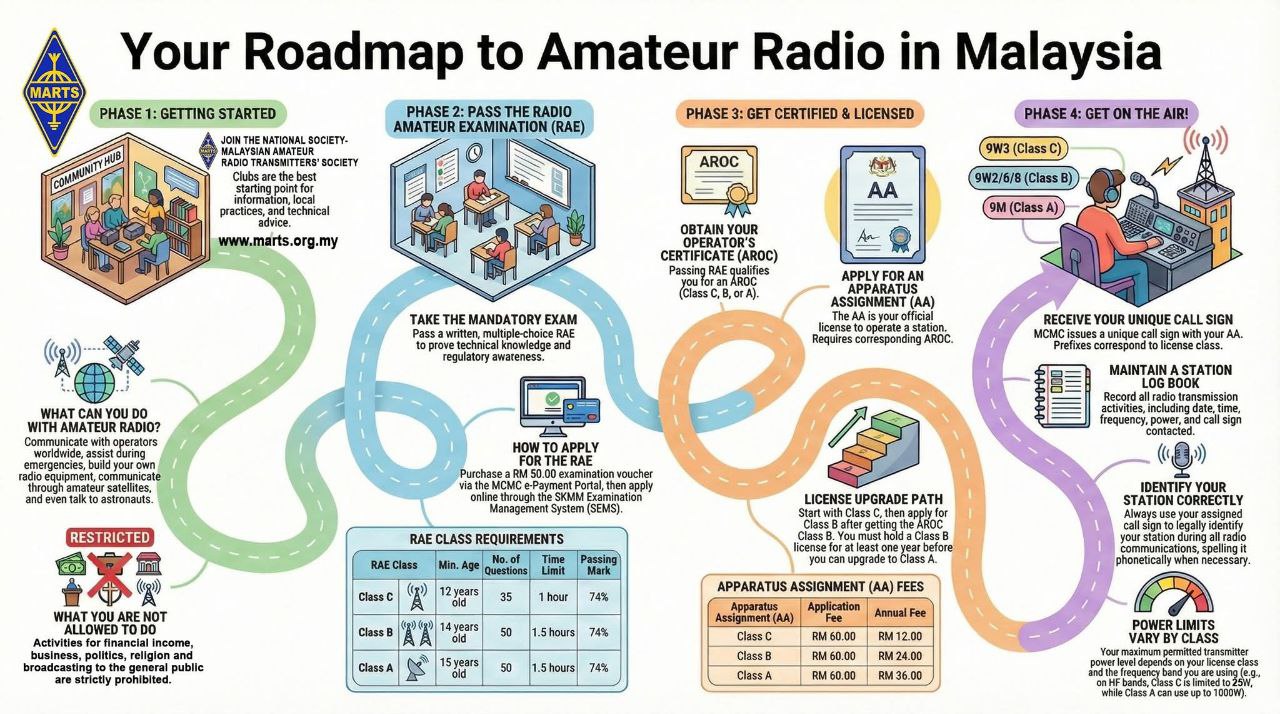The History of Freemasonry in Malaysia: A Journey Through Time
Freemasonry, a centuries-old fraternal organization shrouded in mystery and intrigue, has a rich history in Malaysia. This organization, known for its secretive rituals and philanthropy, was introduced to the region during the colonial era and has since grown to include several lodges and notable members. This blog post delves into the historical roots, development, and current state of Freemasonry in Malaysia.
The Origins of Freemasonry in Malaysia
Freemasonry was introduced to Malaysia during the British colonial period. The first lodge, Royal Prince of Wales Lodge No. 1555 E.C., was established in Penang in 1875. This marked the beginning of a network of lodges that would spread throughout the country. The establishment of Freemasonry in Malaysia coincided with the growth of British influence in the region, as expatriates and colonial officials brought their masonic traditions with them.
Development and Expansion
As British influence expanded, so did the presence of Freemasonry. In Kuala Lumpur, Lodge Tullibardine in the East No. 1118 S.C. was established in 1904, providing a focal point for Masonic activities in the capital. Other notable lodges include Lodge Scotia No. 1003 S.C. in Penang and Lodge Samarahan No. 8343 E.C. in Sarawak, which illustrate the geographical spread and local adoption of Freemasonry.
These lodges served as social hubs for British expatriates and local elites, fostering a sense of community and shared purpose. Meetings were often held in impressive buildings, many of which still stand today as architectural reminders of this period.
Notable Members and Contributions
Freemasonry in Malaysia has included a diverse membership, ranging from colonial officials to local business leaders and professionals. Some notable members have made significant contributions to Malaysian society. For example, Sir Frank Swettenham, the first Resident-General of the Federated Malay States, was a prominent Freemason who played a crucial role in the development of modern Malaysia.
Freemasons in Malaysia have been involved in various philanthropic activities, supporting local communities through charitable works. These efforts often focus on education, healthcare, and social welfare, reflecting the Masonic commitment to the betterment of society.
Freemasonry in Contemporary Malaysia
Today, Freemasonry continues to exist in Malaysia, albeit in a more subdued manner compared to its peak during the colonial era. The organization remains active, with lodges conducting regular meetings and initiating new members. While the number of active Freemasons may have declined, the spirit of camaraderie and philanthropy persists.
The contemporary Masonic landscape in Malaysia is characterized by a greater emphasis on inclusivity and community service. Lodges today are more diverse, reflecting the multicultural fabric of Malaysian society. Freemasons continue to support various charitable initiatives, although much of their work remains discreet and away from the public eye.
Challenges and Misconceptions
Freemasonry has long been the subject of speculation and conspiracy theories, and Malaysia is no exception. The secretive nature of the organization and its rituals has fueled myths and misconceptions about its influence and intentions. However, these theories often lack substantial evidence and overlook the positive contributions of Freemasonry to society.
Conclusion
The history of Freemasonry in Malaysia is a fascinating tale of cultural exchange, community building, and philanthropy. From its colonial roots to its present-day activities, Freemasonry has played a significant role in shaping aspects of Malaysian society. Despite challenges and misconceptions, the organization remains committed to its core values of brotherhood, charity, and moral integrity.
As we look to the future, Freemasonry in Malaysia is likely to continue evolving, adapting to the changing social landscape while staying true to its enduring principles. Whether viewed with curiosity or skepticism, the legacy of Freemasonry in Malaysia is undeniably a part of the nation’s rich historical tapestry.







Post Comment